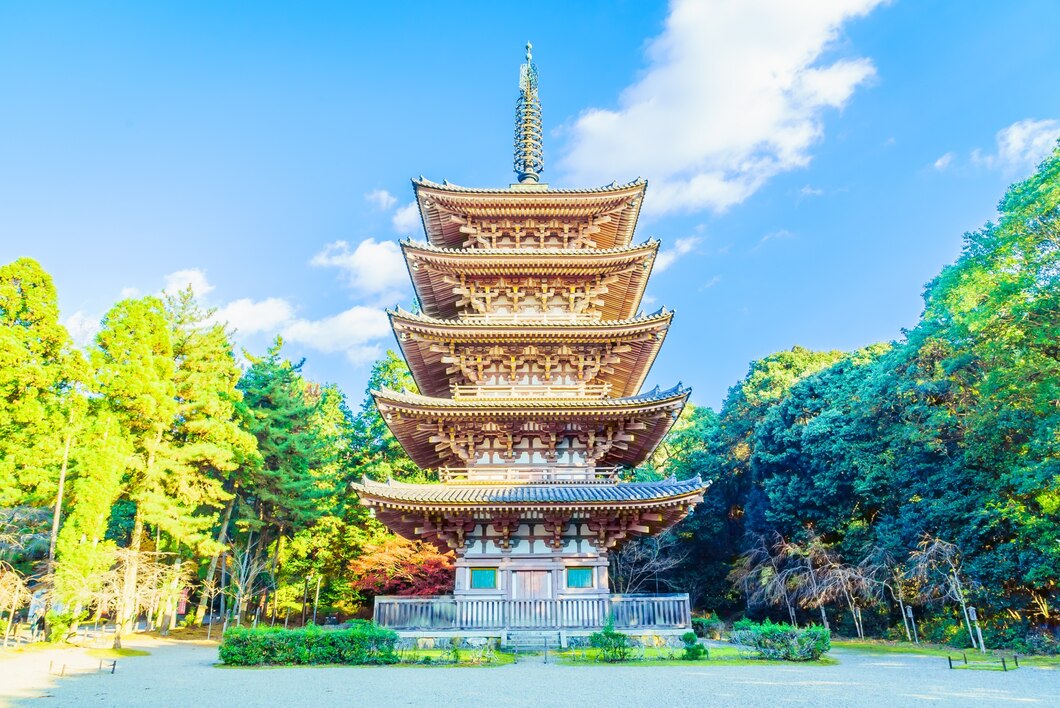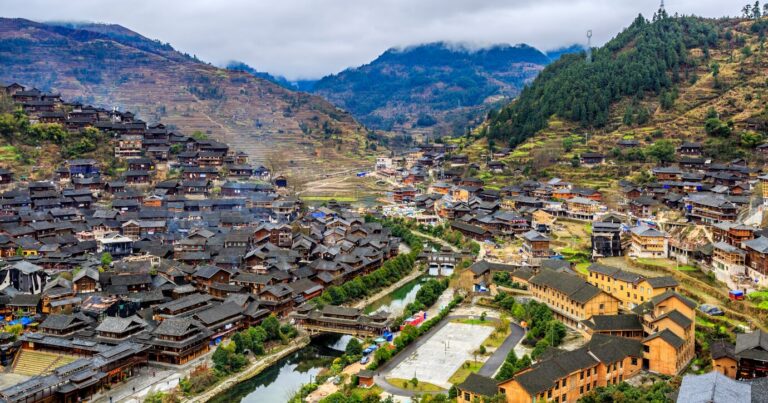13 Best Traditional Shrines & Temples To Visit In Japan
Japan, with its rich tapestry of cultural and spiritual heritage, boasts a remarkable array of traditional shrines and temples. These sacred sites offer a window into the country’s religious practices, architectural beauty, and historical depth. From Shinto shrines nestled in tranquil forests to Buddhist temples adorned with intricate carvings, each site provides a unique experience. Here’s a guide to thirteen of Japan’s most significant and captivating traditional shrines and temples.
1. Fushimi Inari Taisha (Kyoto)
Fushimi Inari Taisha, renowned for its thousands of vermilion torii gates, is a major Shinto shrine dedicated to Inari, the deity of rice and agriculture. Located in Kyoto, the shrine’s iconic gates form a mesmerizing path up Mount Inari, leading to stunning views and smaller shrines along the way. The site’s atmosphere is both serene and vibrant, reflecting its deep spiritual significance.
2. Senso-ji Temple (Tokyo)
Senso-ji, Tokyo’s oldest and most famous Buddhist temple, is located in Asakusa. Established in 628 CE, it is renowned for its imposing Kaminarimon (Thunder Gate) and the vibrant shopping street of Nakamise Dori, which leads to the temple’s main hall. Senso-ji is a major pilgrimage site and offers a lively blend of traditional culture and modernity.
3. Kinkaku-ji (Kyoto)
Also known as the Golden Pavilion, Kinkaku-ji is a Zen Buddhist temple famous for its stunning golden exterior. Set amidst beautifully manicured gardens and reflecting in the surrounding pond, Kinkaku-ji represents a harmonious blend of architecture and nature. The temple, originally built in 1397, is a UNESCO World Heritage Site and a symbol of Kyoto’s historical grandeur.
4. Meiji Shrine (Tokyo)
Meiji Shrine, dedicated to Emperor Meiji and Empress Shoken, is located in a serene forested area in Tokyo. Established in 1920, the shrine is a prime example of Shinto architecture and is surrounded by a tranquil forest that offers a peaceful retreat from the city’s bustle. The grand torii gate and the ritual purification fountains are notable features of this revered site.
5. Todai-ji Temple (Nara)
Todai-ji Temple, a massive Buddhist temple in Nara, is renowned for housing the Great Buddha (Daibutsu), a colossal bronze statue that stands at 15 meters tall. The temple’s Nandaimon Gate and the Daibutsuden (Great Buddha Hall) are architectural marvels that reflect the temple’s historical significance. Todai-ji is also a UNESCO World Heritage Site and an important center of Japanese Buddhism.
6. Itsukushima Shrine (Miyajima)
Itsukushima Shrine, located on Miyajima Island near Hiroshima, is famous for its iconic floating torii gate that appears to rise from the sea during high tide. The shrine’s unique location and striking architecture make it a picturesque and spiritually significant site. The floating gate and the surrounding scenery have made Itsukushima Shrine a UNESCO World Heritage Site.
7. Kiyomizu-dera (Kyoto)
Kiyomizu-dera, meaning “Pure Water Temple,” is a renowned Buddhist temple in Kyoto. Established in 778 CE, the temple is famous for its wooden stage that juts out over the hillside, offering panoramic views of the city and the surrounding cherry and maple trees. The temple is a popular site for visitors seeking to experience Kyoto’s historical and spiritual atmosphere.
8. Nikko Toshogu Shrine (Nikko)
Nikko Toshogu Shrine, located in the UNESCO World Heritage-listed city of Nikko, is dedicated to Tokugawa Ieyasu, the founder of the Tokugawa shogunate. The shrine’s elaborate carvings and ornate design reflect the grandeur of the Edo period. The complex includes the Yomeimon Gate, renowned for its intricate decorations, and the mausoleum of Tokugawa Ieyasu.
9. Hase-dera Temple (Kamakura)
Hase-dera Temple, situated in Kamakura, is known for its beautiful gardens, historic architecture, and the impressive statue of Kannon, the Buddhist goddess of mercy. The temple’s main hall and the Jizo Hall, housing hundreds of Jizo statues, create a tranquil and contemplative atmosphere. The temple’s location offers scenic views of Kamakura and the surrounding area.
10. Ryoan-ji (Kyoto)
Ryoan-ji is famous for its rock garden, which is considered one of the finest examples of Japanese Zen landscaping. The temple’s minimalist rock garden, featuring a carefully arranged arrangement of rocks and gravel, is designed to encourage meditation and contemplation. The temple’s serene surroundings and historical significance make it a must-visit for those interested in Zen Buddhism and Japanese garden design.
11. Sanjusangendo (Kyoto)
Sanjusangendo, also known as Rengeo-in, is renowned for its impressive collection of 1,001 statues of Kannon, the Buddhist goddess of mercy. The temple’s long hall, which houses the statues, offers a stunning display of Buddhist art and devotion. Sanjusangendo’s architecture and the sheer number of Kannon statues make it a significant site for visitors interested in Buddhist practices and art.
12. Tofuku-ji Temple (Kyoto)
Tofuku-ji Temple is celebrated for its beautiful Zen gardens, particularly the Tsutenkyo Bridge Garden and the Hojo Garden. The temple’s design integrates harmoniously with its natural surroundings, and its seasonal displays of cherry blossoms and autumn foliage enhance its appeal. Tofuku-ji is a prime example of Zen Buddhist aesthetics and offers a serene environment for contemplation.
13. Horyu-ji Temple (Nara)
Horyu-ji Temple, one of Japan’s oldest temples, is located in Nara and is a UNESCO World Heritage Site. The temple complex is known for its well-preserved ancient wooden structures, including the Five-story Pagoda and the Main Hall (Kondo). Horyu-ji is a treasure trove of early Buddhist art and architecture and provides valuable insights into Japan’s early Buddhist history.
Conclusion
Exploring Japan’s traditional shrines and temples offers a profound connection to the country’s cultural and spiritual heritage. Each site provides a unique experience, from the architectural splendor of Kyoto’s temples to the serene landscapes of Miyajima and Kamakura. Whether you are interested in history, architecture, or spiritual practices, these sacred sites offer a captivating journey into Japan’s rich past and enduring traditions.







